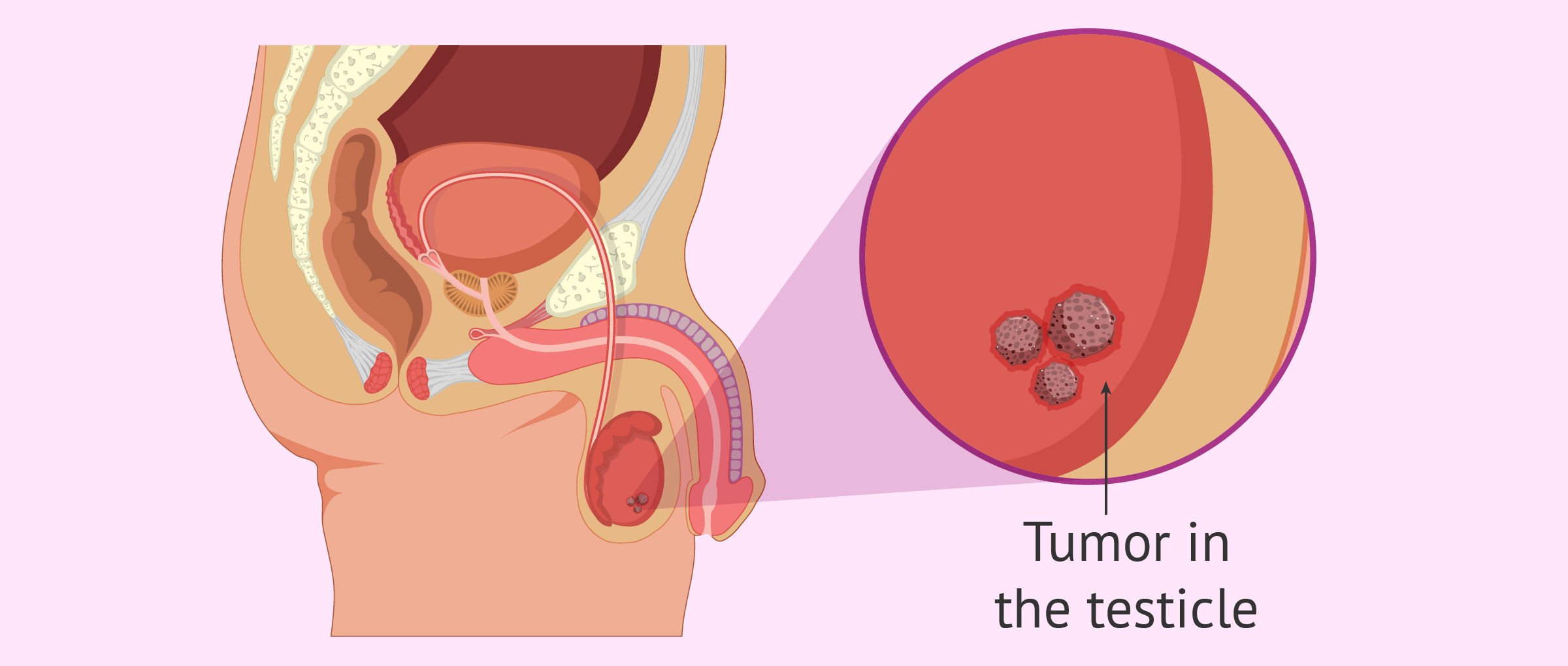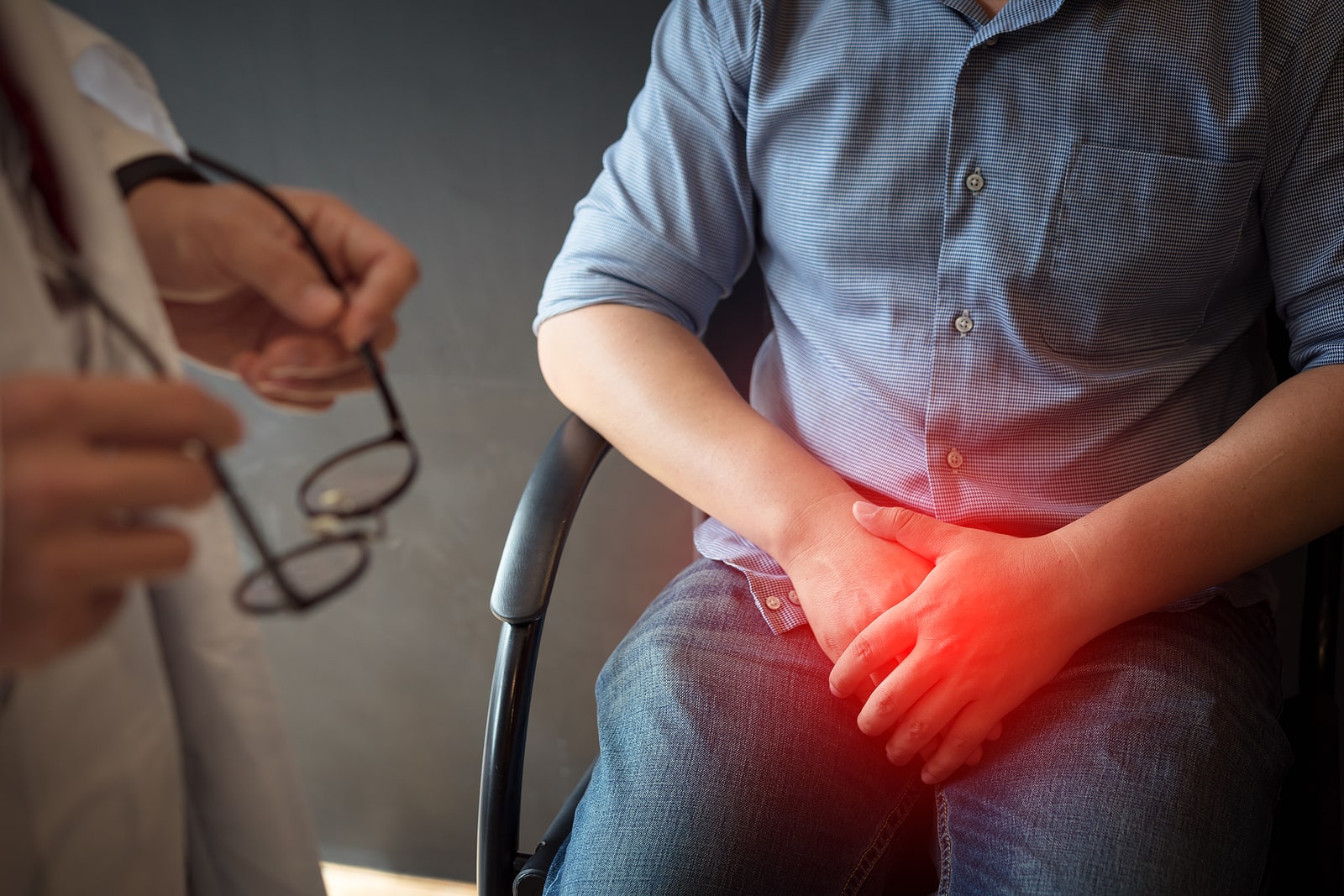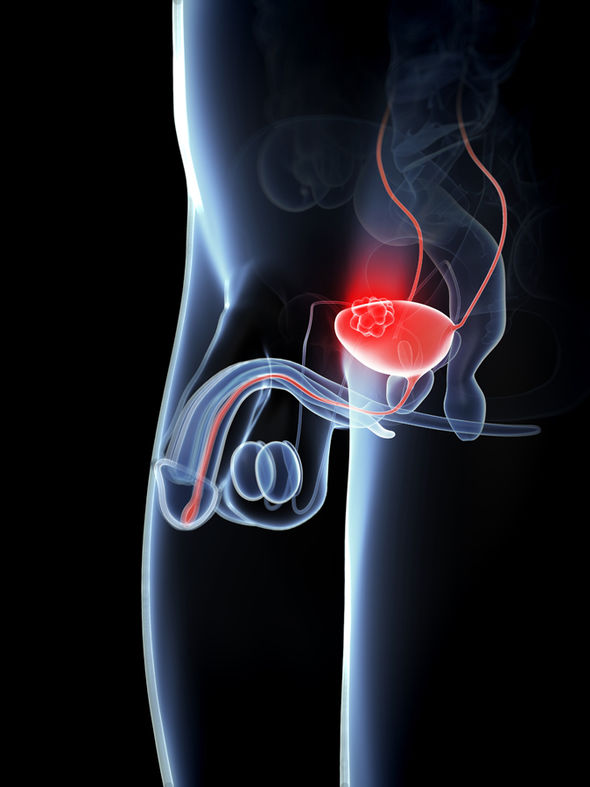Testicular cancer
What Is Testicular Cancer ?

Testicular Cancer Treatment Options
Testicular cancer treatment options depend on many factors, such as what type and stage it is. What’s the patient’s general health condition? And personal preferences. Treatment options include:
Surgery: Mostly, testicular cancer is treated by surgery to remove the affected testicle, known as radical inguinal orchiectomy. Sometimes retroperitoneal lymph node dissection (RPLND) might also be affected, and it will be necessary to remove lymph nodes in the abdomen.
Radiation Therapy: Rays are used to kill cancer cells and shrink tumors in radiation therapy. It often works well when combined with surgery or chemotherapy.
Chemotherapy: In this treatment, powerful drugs kill fast-growing cells (cancer cells). The drugs damage these cells’ DNA, stopping their further growth and division. These drugs kill actively growing cells that travel through the bloodstream, including healthy ones, but they mainly concentrate on destroying the cancer cells and rapidly stopping multiplying abnormal cells.
In general, individuals diagnosed with testicular cancer at an early stage tend to have a positive outlook, boasting pretty high cure rates, with survival rates surpassing 95%. However, the prognosis becomes more complex and less optimistic if the cancer has metastasized.
Types & Early Diagnosis of Testicular Cancer
If you have any symptoms, it is essential to consult a healthcare professional immediately. To diagnose testicular cancer, the doctor will begin by conducting a physical examination and then conduct imaging tests such as MRI or ultrasound to visualize the testicles and detect abnormalities, if any. A biopsy may also be done to confirm the presence of cancer cells.
Different Types of Testicular Cancer
There are two main different types present :
- seminoma
- Non-seminoma
Seminomas grow slowly but spread faster than any other type when they get moving. They also respond best to radiation therapy. Non-seminomas work vice versa; they grow quickly but generally don’t spread as fast. The various treatments needed for cancer patients commonly include surgeries or chemotherapies.


Signs & Symptoms Testicular Cancer
Signs and symptoms related to testicular cancer are not so common, so people may not hear about it often enough to know its symptoms by heart. You must know your signal because early detection can make all the difference when treating it effectively. In this section, we will cover those well.
Swelling and Small lumps in Testicles :
The first sign that any patient feels or experiences is the formation of small lumps or changes in the structure of the testicles. These weird-shaped balls might feel like solid masses when touched, giving off a feeling of heaviness or discomfort below your stomach area(le scrotum). It’s essential to note that just because you find a lump doesn’t mean it does.
Shape or Texture Changes.
If you haven’t noticed anything wrong with how your balls look on the outside, checking the inside is a good idea. Changes in size, shape, or texture are other ways to measure if the tumor has started sprouting up inside or not. For example, is one ball beginning to grow more significant than the other? Does one feel harder while one feels softer?
Pain & Discomfort Down Under
It’s pretty self-explanatory that testicular pain could be an early sign of testicular cancer. The real question should be whether continuous comes and goes now and then. Constant pain is usually a bad sign, but intermittent mild or severe pain might just as well indicate something terrible is brewing down there.
Breast Growth
Men with testicular cancer sometimes develop hormonal changes that lead to breast enlargement and tenderness. This condition is called gynecomastia and can often point to testicular cancer if accompanied by other symptoms.
Lower Stomach Pain
In rare cases, testicular cancer can cause discomfort and pain in the patient’s lower abdomen or groin. It may be constant or intermittent light to severe pain. Not all men with testicular cancer have groin or lower abdominal pain.
